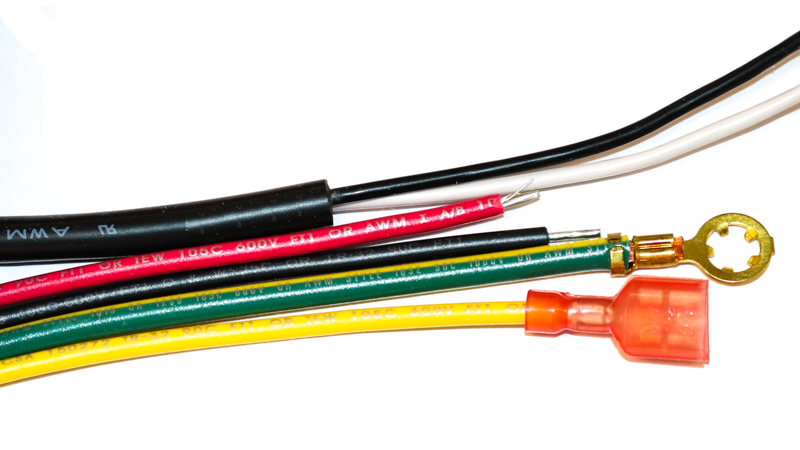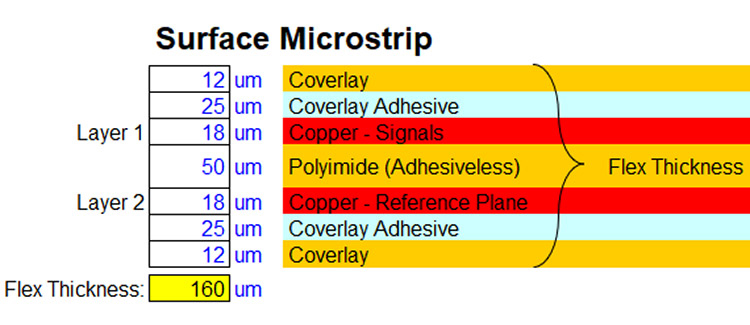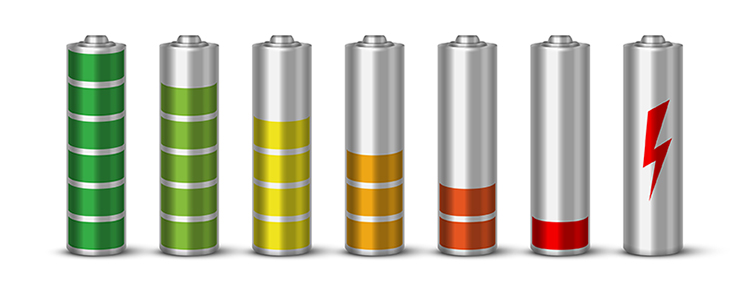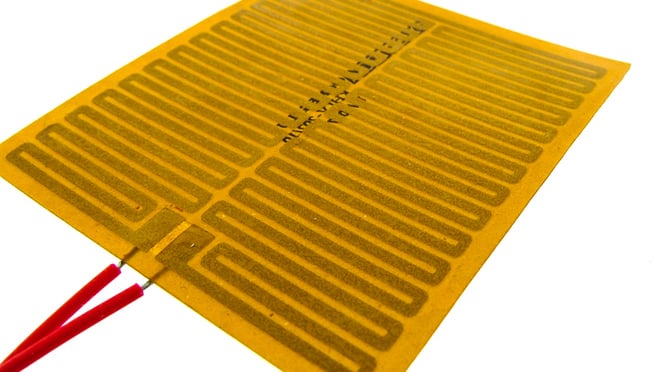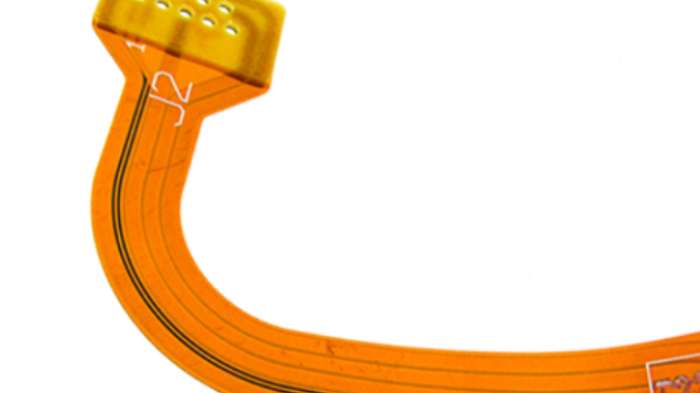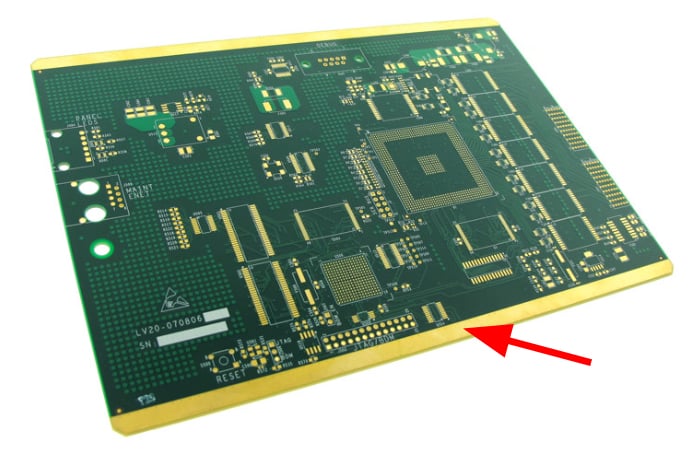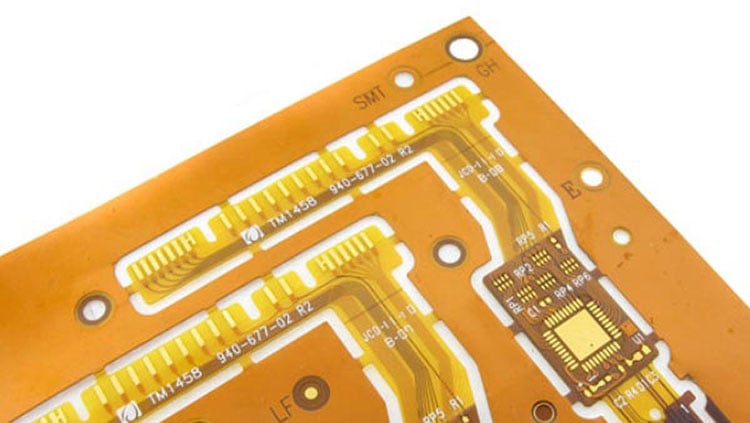The argument can be made that the toughest environment for a flexible circuit boards is the prototyping phase of the design development. During this process, the circuit is potentially installed and removed multiple times as the form, fit, and function are evaluated and qualified. There’s the opportunity for the flex circuit to be inadvertently mishandled, dropped, bent beyond the design limits, etc.
At the conclusion of our webinar, Using Rigid-Flex PCBs to Improve Design Reliability, we had several questions submitted to our presenter, Product Manager of Flex & Rigid-Flex Circuits, Paul Tome. We compiled these into a readable format on our blog.
One of the first steps in designing a custom cable assembly is selecting the wire. There are lots of options to choose before the design can be frozen. Selecting a UL spec wire can be challenging if you are unfamiliar with the standards but knowing just a few options allows for a simplified design.
Flex and rigid-flex circuit boards are a combination of both electrical and mechanical requirements that allow for solutions to many tight packaging requirements. However, this combination is also the potential source of design challenges as some electrical requirements can have a negative impact on the mechanical bend capabilities of flex circuits. If not, correctly addressed the reliability of the finished design may be compromised.
Rechargeable batteries are everywhere. From the laptops we type on to the portable medical equipment used to perform examinations or provide health record information, rechargeable batteries help to provide products and services to make our lives better. However, not many people know about what goes into recharging a battery in the correct manner, the right charger for certain battery chemistries, and where a battery management system (BMS) fits into the process.
Flexible circuits, like other electrical interconnects, are subject to either receiving or emitting electromagnetic (EM) and or radio frequency (RF) interference. For critical designs, if allowed to occur, the performance of the assembly, or that of other local assemblies, can be compromised to the point of becoming non-functional. The difference between EM and RF interference is the frequency of the “disturbance,” with RF being in the radio frequency range and EM being typically 500 MHZ and higher. There are many potential sources of both types of interference within an assembly.
Around the world, different industries have applications and equipment where there will be changing temperatures, humidity, or moisture that can impact how a component operates or processes signals. There may also be instances where a product needs to be at a certain temperature so that it may be processed, such as a liquid chemical or food product that has to be at the right temperature, so that it will be fluid enough to be packaged into containers.
Dynamic flexible circuit boards have the capability of solving many interconnect and packaging challenges in designs that require repetitive motion. They allow for extremely high-density interconnects while consuming a very small amount of space. However, these applications have a different set of design rules than that of a “one-time” or “bend-to-fit” static application.
There was a time when the PCB manufacturing industry included a fair number of bucket shops, so called because much of their processing was done in small portable tubs filled with etchants, solvents, and other mysterious solutions. They cranked out very basic, low-cost, low-complexity PCBs, using equipment and methods that were questionable at best. Their business and environmental practices were often similarly questionable.
Flexible circuits have two material options available to encapsulate the exposed outer layer circuitry: polyimide coverlay and flexible solder mask. While both perform the same basic function of insulating the external layer circuitry, each has different characteristics and capabilities that address specific design requirements.


.jpg)

